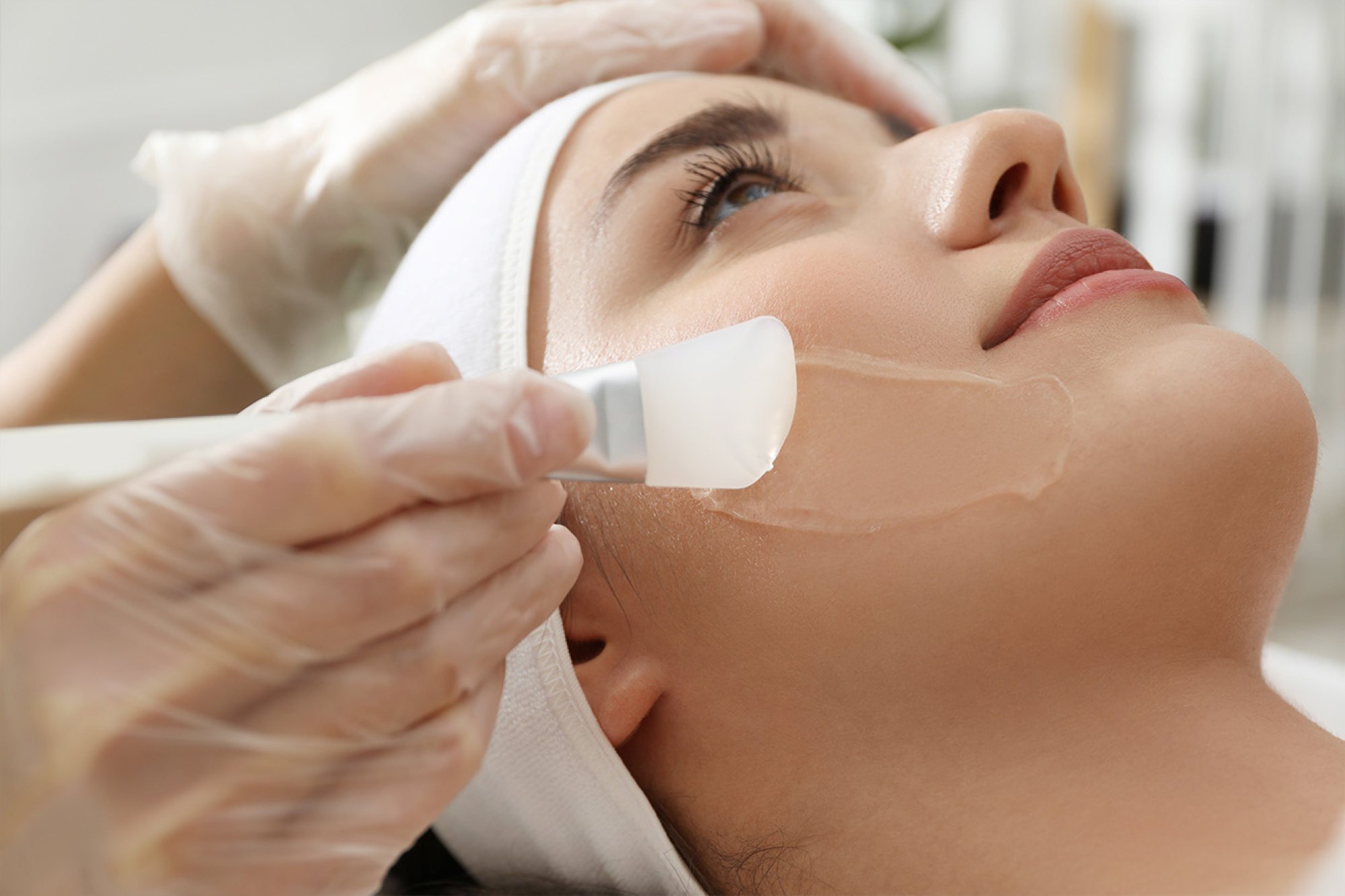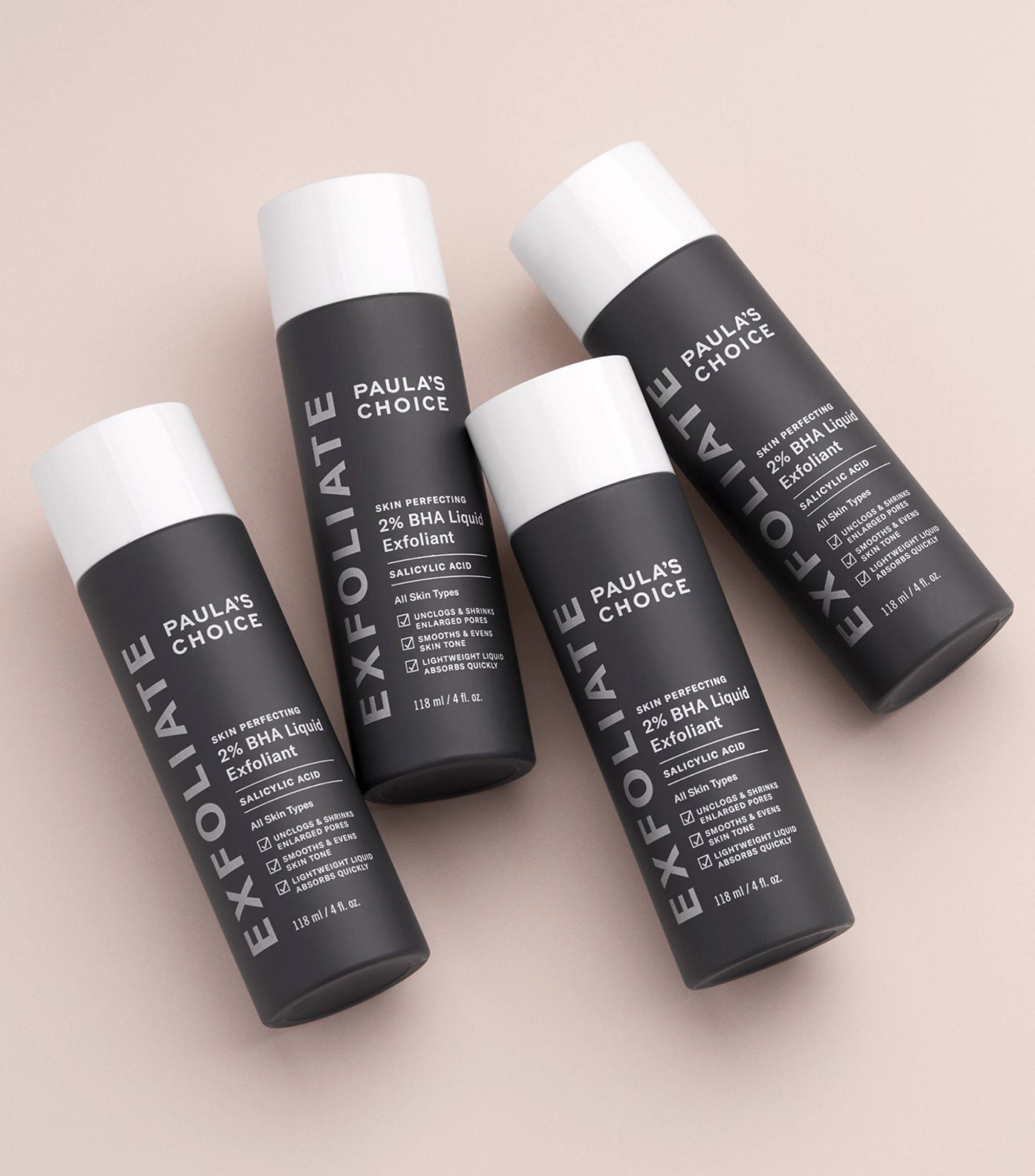Explainer / Facial peels 101: are chemical peels really good for the skin? Whether done at home with beauty products or professionally, the treatment boasts a range of benefits, from aesthetic to medical

What are facial peels?

Unlike traditional scrubs that merely graze the skin’s surface, facial peels operate on a more profound level, addressing concerns at their root. “They operate on the principle of exfoliation, a process that facilitates the shedding of dead skin cells to reveal the fresher, more rejuvenated layers beneath,” says dermatologist Dr Juliet Aylward.
No-surgery surgery appeals to ageing A-listers, from J. Lo to Jennifer Aniston
These transformative procedures come in various forms, each employing unique mechanisms to achieve their skin-renewing effects. Perhaps the most popular, chemical peels leverage acids such as alpha hydroxy acids (AHAs) and beta hydroxy acids (BHAs) to dissolve the bonds between skin cells. “They promote the exfoliation process and stimulate collagen production, leaving the skin smoother and more even-toned,” Aylward adds.


The distinction between skin peels and scrubs is not only rooted in their ingredients or methods – it lies in the depth of their impact. While scrubs predominantly address surface-level concerns, skin peels penetrate deeper into the skin, making them a more comprehensive solution for various skin issues.
Aylward explains that this depth results from the controlled trauma induced by the peeling process, triggering the skin’s natural healing mechanism: “As the damaged outer layers peel away, the skin is prompted to regenerate, encouraging the formation of new, healthier cells.”
At-home vs professional peels

At-home peels, widely available as over-the-counter products, typically feature lower concentrations of active ingredients, allowing for a milder exfoliation compared with their clinic-based counterparts. These formulations are often designed for regular use and offer a more gradual approach to skin renewal, making them suitable for those seeking maintenance or dealing with mild skin concerns.
What are thread lifts, the non-surgical treatment loved by Gwyneth Paltrow?

Beyond their cosmetic allure, chemical peels are also used as preventive medicine. While research in this area is ongoing, studies suggest that certain chemical peels, like those containing glycolic acid – a type of AHA – or trichloroacetic acid (TCA), have shown promise in reversing actinic keratosis (dry, scaly skin patches) and preventing the formation of cancerous cells – especially in individuals with sun-damaged skin.
Different types of skin peels

Another potent option is the popular TCA peel. This medium-depth treatment goes beyond the superficial layers, effectively treating more pronounced issues like age spots, hyperpigmentation and deeper wrinkles with a controlled level of downtime.
For those seeking a milder alternative, Aylward suggests lactic acid peels, as they offer a gentler form of exfoliation. Derived from milk, lactic acid is particularly well suited for sensitive skin. These peels help improve skin texture, reduce the appearance of fine lines and enhance overall skin radiance.

- With lower concentrations of active ingredients, at-home peels offer a more gradual approach to skin renewal, with notable offerings from La Mer, Dior Prestige, Dr Dennis Gross and Paula’s Choice
- Clinic-based chemical peels contain acids for dissolving the bonds between skin cells and stimulating collagen production, using ‘controlled trauma’ to trigger the skin’s natural healing mechanism